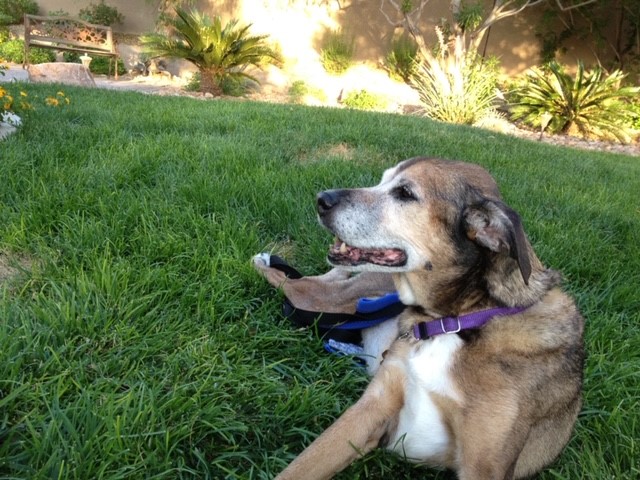
The final chapter in Sophie and my story is about the importance of good communication. I’m not talking about communication between you and your spouse or between you and your vet.
I think it’s important to listen to your dog.
It’s my opinion that dogs are great communicators. The following lessons will help you understand what I mean, without making you think I’m crazy…I hope.
Lesson Ten – one bark for yes and two for no
Sophie let me know what she needed with the gestures she’d make with her body and with her voice. Pay attention to your own dog and you’ll see what I mean.
A bowed head meant she wanted to play and a smile said she was content. She also used barking to let us know her needs. She used it a lot as she became paralyzed.
Barking was her way to let me know she needed water or wanted to change positions. She even barked to tell me know she was ready to have a bowel movement.
The system worked well until Sophie lost her voice. I’ve never found the medical reason for this change, but it seemed that as the paralysis moved from her hind limbs to her torso the sounds she made changed. They became raspy and she sounded more like a seal than a dog.
The new bark was strange enough that a friend visiting the house asked if Sophie had been surgically debarked.
Since I’ve written this story, other pet owners have contacted me to say the same thing happened to their dog. But at the time, it was frightening.
Our solution to good communication
The new bark was hard to decipher and harder to hear. It meant that I couldn’t leave Sophie alone in a room for even a short time. I couldn’t hear if she needed me.
It also caused Sophie to become fearful. Her new little squeaks would become frantic if she thought I wasn’t close by. I think she started to feel vulnerable for the first time.
The solution to this new communication problem was easier than you might think. I kept her bed by my side all the time. It was easy to slide it from room to room so I could hear whatever she had to say.
Lesson Eleven – pet me please
The demands of being Sophie’s caretaker were all encompassing. I’ve shared in the previous posts our daily schedule and all of the responsibilities that go along with keeping a paralyzed pet safe and healthy.
It was easy to think about the next chore I needed to do for Sophie and forget that she was a real-live dog.
This fact became apparent one night while my family was watching TV. My husband and I were curled up on the couch flanked by our other two dogs, Shadow and Cody.
Sophie was separated from the group, sitting by herself in her bed. It was the first time I saw her as being lonely.
My heart sank. At that moment I realized I had focused on doing things “for” Sophie and I had stopped doing things “with” her. I had forgotten why I started this journey of taking care of her. It wasn’t just to keep her healthy, it was because I loved her.
From that day on, Ken and I sat on the floor with Sophie when we watched TV. We made a point of having fun with her and cuddle time. She loved the attention and would bury her head into our arms.
It was utter joy when her body would relax as I stroked her fur and whispered how much we loved her.
Lesson Twelve – children were very kind

Sophie loved a good adventure. And after she couldn’t walk, she became fascinated with the tennis players at our local park. She loved sitting next to Ken, as the players chased the ball, and I took Shadow and Cody for a walk. We went so often people started to recognize us.
The adults were careful about calling out a quick hello to the five of us, while giving us our privacy. But the children at the park couldn’t resist coming over. They were curious about Sophie’s situation and they were very kind to her.
Sophie would walk into the park with the support of her harness. She was quite a sight walking with her two front legs and a sling under her rear limbs.
Once she found the perfect spot near the tennis courts, you could see the kids stop playing on the jungle gym and point to Sophie. Then slowly the bravest would approach and ask to meet her.
That would bring the rest of the children to her side and eventually they all sat in a big circle around Sophie. The kids would gently pet her ask questions about her condition.
Some of their questions were very direct. They wanted to know if she’d been in an accident or if she was in pain. Ken and I would answer all of their questions. We assured them that Sophie wasn’t in pain and was enjoying life.
This scene went on for many months, until it got too cold to go to the park. The kids would drop by every time. Eventually some would share stories about their own pets and a few talked about dogs who had passed away.
It was a sweet time and every child we met was loving and kind.
After Sophie passed away and we occasionally went back to the park with Shadow and Cody, we’d always run into one or two children who’d call out, “Remember me? I met Sophie the last time you were here.”
Lesson thirteen – Keep the communication open
When you first learn that your dog is or will soon be disabled, you go into what I call “crisis mode.” It happened to me. Taking care of Sophie, so that she literally didn’t die, was all I could think about in 2008.
It took up all of my time as I poured over countless articles and websites to learn everything I could about paralyzed dogs. I also spent lots of time taking Sophie to multiple vet appointments every week.
I spent so much time during those first few months worried about our new situation that I forgot about other pets and humans in the family. They counted on me too.
They were patient, but I knew I needed to find a place of balance in our lives. And it started with good communication.
Once Ken and I sat down to talk I realized he didn’t need all of my time; he just wanted small increments where we could be together. The same was true for the dogs and cats. They were used to taking a daily walk and they still wanted that time each, even if it had to be pushed back because of a vet appointment.
And although it was hard to pull away from Sophie, the small changes made a world of difference to the rest of the family.
If you’re wondering if this system worked perfectly, I’ll tell you that it didn’t always work well. But it was important to all of us to keep trying.
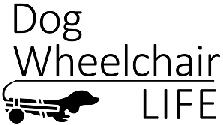
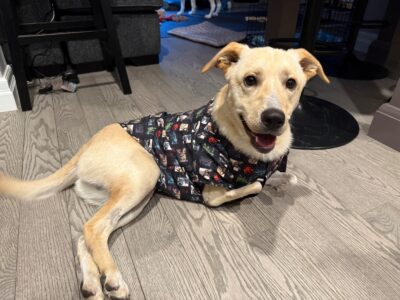
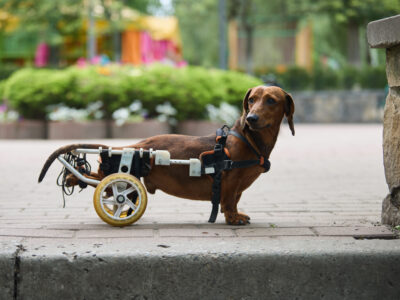
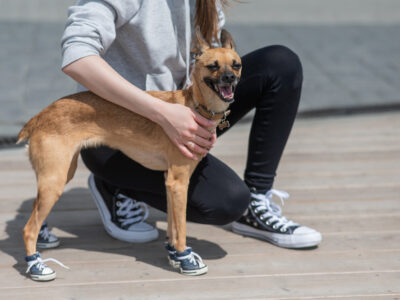

Thank you for sharing your experience about living with a disabled dog. Parts of your story could have been written by myself living with my little 13 years old Dachshund, Sophie, who has endured IVVDD for six years, and Addison’s disease for twelve years. It is a commitment, but she is my baby girl, and she is still a happy, friendly, sweet dog that loves people and life. I haven’t find, or even look for a pet sitter to replace me. I think I might suffer from separation anxiety if I leave my Sophie on others hands for one day.
Hi Claudia, Thanks for the kind words about my story. I can only imagine how much dedication goes into taking care of a dog with IVDD and Addison’s disease. You are a hero.
-Sharon